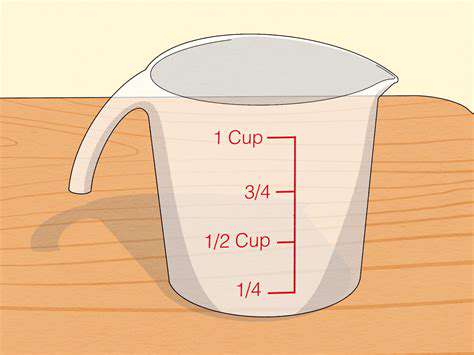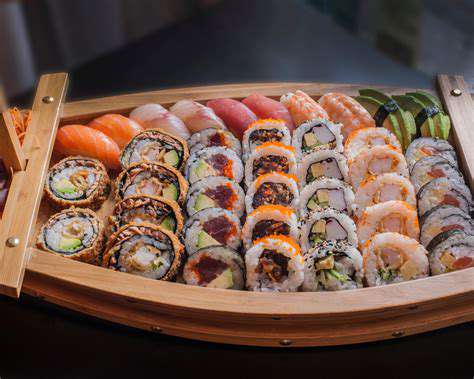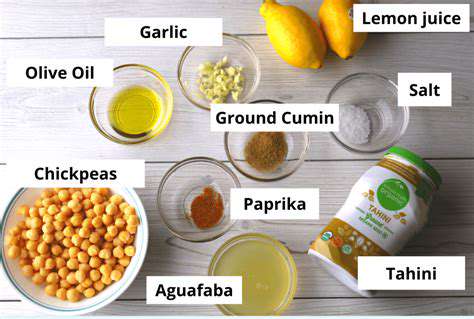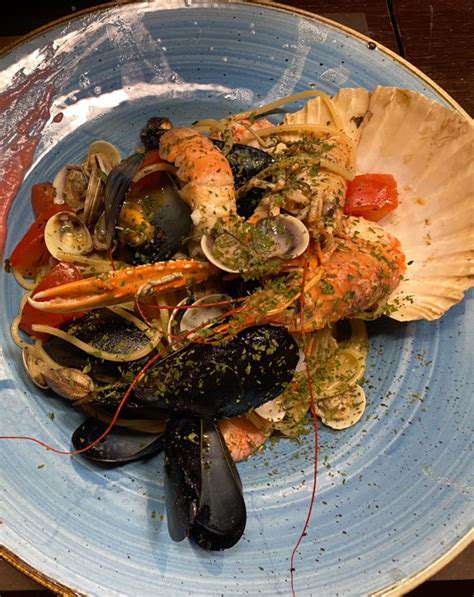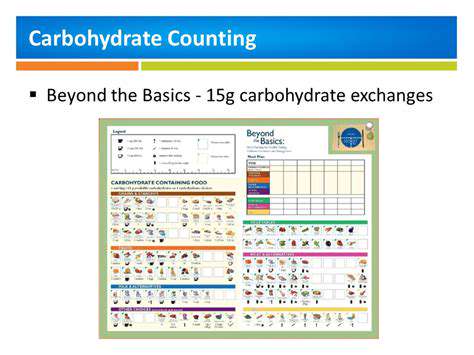How to Choose Sustainable Seafood [A Quick Guide]
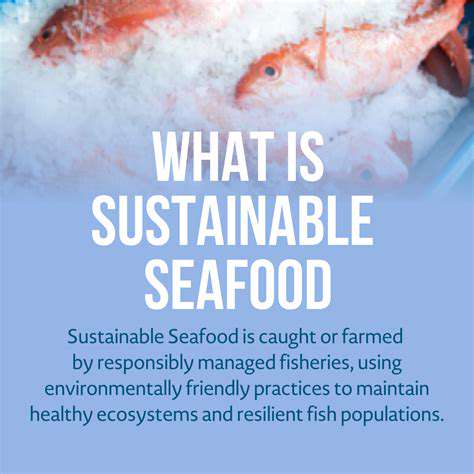
Understanding Fishing Methods and Their Impact
Understanding Different Fishing Techniques
The ocean's bounty has been harvested for millennia, but not all fishing methods are created equal. Traditional line fishing, with its precise targeting of species, often results in far less unintended catch compared to industrial-scale trawling operations. These contrasting approaches highlight the need for careful evaluation of how we extract marine resources. From hand-held hooks to massive drift nets, each tool leaves a distinct fingerprint on underwater ecosystems. Responsible consumption begins with understanding these differences.
Bottom trawling presents particular concerns - imagine bulldozers scraping across ocean floors, destroying ancient coral formations and scooping up everything in their path. In stark contrast, fly fishing enthusiasts wading in mountain streams demonstrate how targeted techniques can coexist with environmental stewardship when practiced thoughtfully.
The Hidden Cost of Bycatch
Every year, millions of marine creatures become collateral damage in commercial fishing operations. Dolphins tangled in nets, sea turtles drowning in longlines, and juvenile fish discarded as waste - these represent the sobering reality of bycatch. The scale of this unintended harvest threatens entire marine food chains, making it one of conservation's most pressing challenges.
Innovation offers hope through devices like turtle excluder mechanisms and acoustic deterrents that help non-target species escape nets. Some fisheries now employ underwater cameras to monitor catches in real-time, allowing crews to avoid areas with excessive bycatch. Such technological solutions, combined with traditional knowledge from indigenous fishing communities, may hold the key to more selective harvesting.
Assessing the Health of Fish Populations
History warns us of fishing's boom-and-bust cycles, from the collapse of Newfoundland cod stocks to declining bluefin tuna populations. Modern fisheries science employs sophisticated modeling to determine sustainable catch limits, tracking everything from spawning rates to ocean temperature changes. These data-driven approaches help maintain balance in marine ecosystems while supporting coastal economies.
Some success stories emerge where management works - Alaskan salmon runs thrive under strict quotas, while Patagonian toothfish populations rebound after combating illegal fishing. These examples prove that with proper oversight, even heavily fished species can recover, though the process often requires international cooperation and patience spanning decades.
Protecting the Ocean's Living Foundations
Coral reefs shelter a quarter of marine species while covering less than 1% of seafloor area. These vibrant underwater cities face multiple threats, with destructive fishing practices compounding damage from climate change and pollution. The loss of such biodiversity hotspots ripples through entire oceanic food webs.
Alternative approaches show promise - in the Philippines, communities establish marine sanctuaries where fish can spawn undisturbed, ultimately increasing catches in surrounding areas. Such community-led conservation demonstrates how protecting habitats benefits both ecosystems and the people who depend on them.
Rethinking Fishing Gear Design
A fishing net's mesh size can mean life or death for countless marine creatures. Modern gear innovations aim for surgical precision - LED-lit nets that attract target species while repelling others, biodegradable panels that free trapped animals, and even AI-assisted sorting systems on factory ships. These developments point toward a future where fishing leaves lighter footprints.
Traditional knowledge also contributes solutions - Pacific Islanders developed special basket traps that allow undersized fish to escape, while West African fishermen use specific net configurations to protect juvenile stocks. Blending such time-tested methods with cutting-edge technology may yield the most sustainable solutions.
Policy Tools for Ocean Stewardship
Effective fishery management requires both carrots and sticks. Quota systems that allocate fishing rights, like Iceland's individual transferable quotas, have curbed overfishing by giving harvesters a stake in long-term sustainability. Meanwhile, satellite monitoring and port inspections help enforce regulations across vast ocean territories.
Consumer pressure also drives change - when major retailers demand sustainably caught seafood, entire supply chains adapt. This market transformation, combined with international agreements like the UN's Sustainable Development Goals, creates multiple pathways toward healthier oceans.
Making Thoughtful Seafood Choices
The Ripple Effect of Consumer Decisions
Every seafood purchase casts a vote for the future of our oceans. Choosing wisely supports fishing communities that prioritize ecosystem health over short-term gains. This conscious consumption creates economic incentives for sustainable practices throughout the supply chain.
Beyond avoiding overfished species, consider the journey from ocean to plate - was the catch locally sourced or shipped across continents? How much energy went into processing and transportation? These factors complete the sustainability picture beyond just fishing methods.
Species Vulnerability Varies Widely
Some marine species reproduce prolifically while others take decades to reach maturity. Orange roughy, for instance, can live over 150 years but reproduce slowly, making them particularly vulnerable to overharvesting. Understanding these biological differences helps consumers avoid contributing to the decline of sensitive populations.
Seasonality matters too - avoiding fish during spawning seasons helps ensure future generations. Some indigenous cultures have observed such seasonal restrictions for centuries, demonstrating how traditional knowledge aligns with modern conservation principles.
Location Determines Sustainability
A fish caught in well-managed Alaskan waters may represent a sustainable choice, while the same species from an unregulated fishery elsewhere could contribute to ecological decline. Regional management differences create dramatic variations in environmental impact, making origin information crucial for responsible selection.
Some forward-thinking fisheries now implement traceability systems using blockchain technology, allowing consumers to verify a fish's journey from catch to counter. Such transparency builds trust and rewards responsible operators.
Decoding Sustainability Certifications
Eco-labels serve as helpful guides, but their standards vary. The Marine Stewardship Council's blue label represents rigorous assessment, while other certifications may have looser criteria. Informed consumers look beyond logos to understand what specific practices each endorsement represents.
New technologies are emerging to verify claims - DNA testing can confirm species authenticity, while satellite data tracks whether vessels fish in protected areas. These tools help bridge the gap between label promises and actual practices.
Advocating for Ocean Health
Sustainable seafood choices represent just one piece of marine conservation. Supporting organizations that protect critical habitats, reduce ocean pollution, and promote fair labor practices in fisheries creates systemic change. Collective action amplifies individual efforts, whether through policy advocacy, beach cleanups, or supporting sustainable aquaculture research.
The next generation of ocean stewards is being educated today - school programs that teach sustainable seafood principles, citizen science projects monitoring local fish populations, and chef training programs highlighting underutilized sustainable species all contribute to lasting change.
Read more about How to Choose Sustainable Seafood [A Quick Guide]
Hot Recommendations
- Traditional Foods for Day of the Dead
- Food Etiquette in Italy: Pasta Rules!
- Best Family Friendly Restaurants with Play Areas in [City]
- Review: The Best [Specific Dessert] Place in [City]
- Top Ice Cream Parlors in [City]
- Traditional Foods for Halloween
- The History of the Potato in Ireland
- Best Vegan Pizza Joints in [City] [2025]
- Best Bakeries for Sourdough Bread in [City]
- Food Culture in Argentina: Asado and Wine


